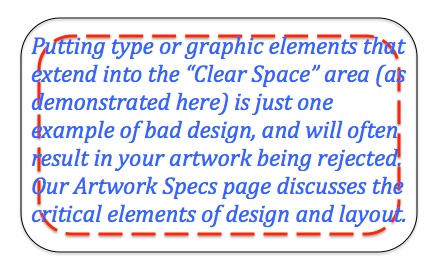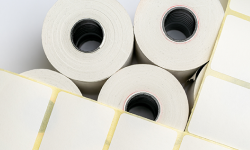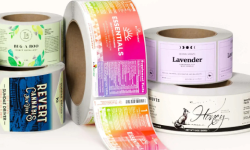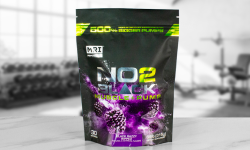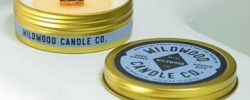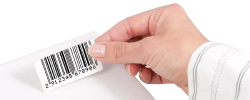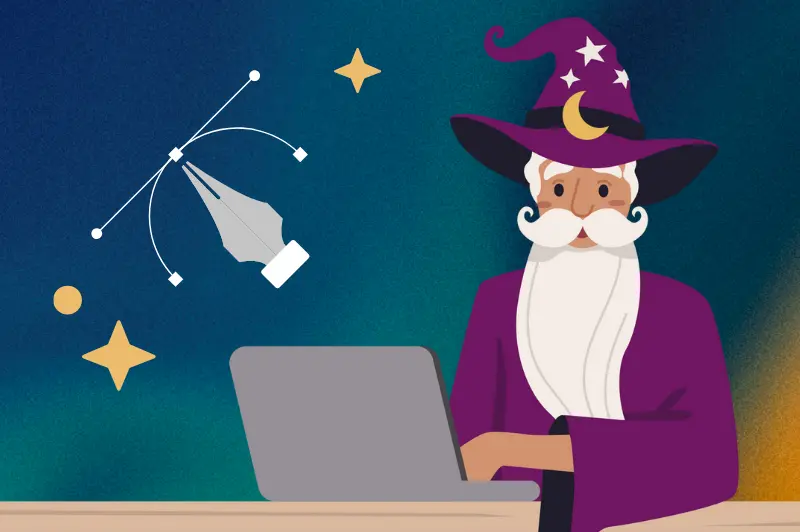The concepts in this post apply regardless of what technology is being used for label printing (even your own desktop printer). The simple fact is that no printing press can turn a pig’s ear into a silk purse – the quality of the output is directly linked to the quality of the input. Hence, if you send us a low-resolution JPG file that you “borrowed” from some website somewhere, the printed results may be very disappointing. The better the original artwork is, the better chance that the finished product will meet your expectations.
Graphic Design For Label Printing -- You Pay For What You Get
This may mean using software specifically designed for commercial printing and design, and that often means using a professional designer to create the art files. While reasonably cheap design software is becoming more available, it usually means spending many hours learning how to make it do what you need – and even a small error during the creation of a file can make the end results completely unpredictable (or even unusable).
Here's a tip: do not assume that your friend Johnny’s nephew with a bootleg copy of Photoshop is capable of designing product labels. They are very unlike most other design tasks and have their own idiosyncrasies (shape, size, bleed lines, and clear space being a few). Many professional designers don’t even work regularly with product labels. So it’s important to think the whole process through before putting mouse to paper.
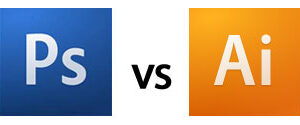
Photoshop And Label Printing
Incidentally, now that we've mentioned Photoshop, it's important to understand that not all software is created equal - and not all produce the same results. Photoshop was designed to manipulate photographs (duh!), but that does not make it a real graphic design tool. One of Adobe's many other offerings (Illustrator) is usually a much better graphic design tool for labels, especially when dealing with small type, which most product labels have in abundance. The key is to appreciate that all these tools have their place, and using the right tool for the job will always produce a better result.
We’ve encountered many designers who cranked out 20+ label print designs only to find they’d started on the wrong foot – which frustrates them mightily but also costs you unnecessary money while they correct the faulty files. Here's one very simplistic illustration of poor design which we see a lot, and it will invariably cost you time and/or money to correct.
